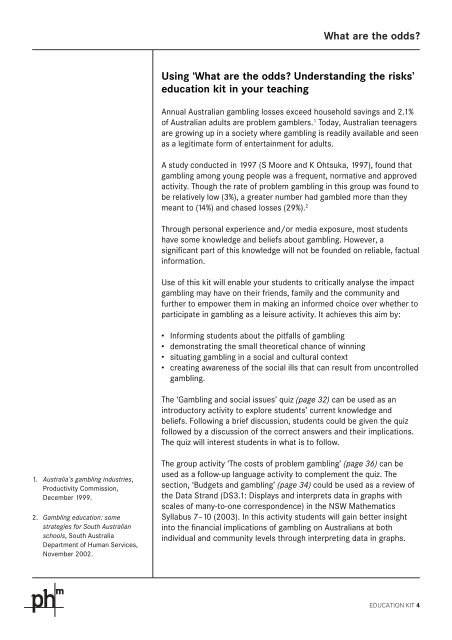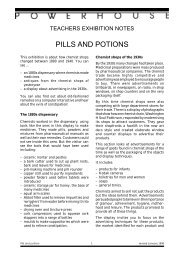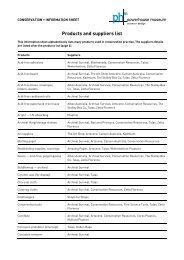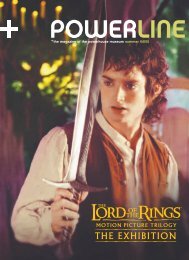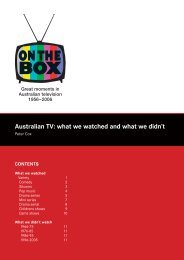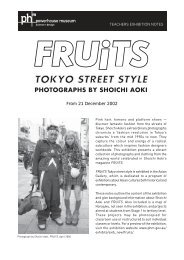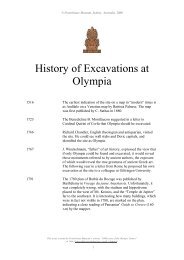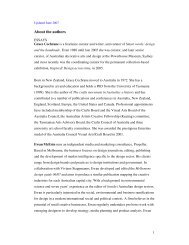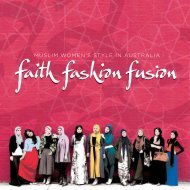Education kit: What are the odds? - Powerhouse Museum
Education kit: What are the odds? - Powerhouse Museum
Education kit: What are the odds? - Powerhouse Museum
You also want an ePaper? Increase the reach of your titles
YUMPU automatically turns print PDFs into web optimized ePapers that Google loves.
1. Australia’s gambling industries,<br />
Productivity Commission,<br />
December 1999.<br />
2. Gambling education: some<br />
strategies for South Australian<br />
schools, South Australia<br />
Department of Human Services,<br />
November 2002.<br />
<strong>What</strong> <strong>are</strong> <strong>the</strong> <strong>odds</strong>?<br />
Using ‘<strong>What</strong> <strong>are</strong> <strong>the</strong> <strong>odds</strong>? Understanding <strong>the</strong> risks’<br />
education <strong>kit</strong> in your teaching<br />
Annual Australian gambling losses exceed household savings and 2.1%<br />
of Australian adults <strong>are</strong> problem gamblers. 1 Today, Australian teenagers<br />
<strong>are</strong> growing up in a society where gambling is readily available and seen<br />
as a legitimate form of entertainment for adults.<br />
A study conducted in 1997 (S Moore and K Ohtsuka, 1997), found that<br />
gambling among young people was a frequent, normative and approved<br />
activity. Though <strong>the</strong> rate of problem gambling in this group was found to<br />
be relatively low (3%), a greater number had gambled more than <strong>the</strong>y<br />
meant to (14%) and chased losses (29%). 2<br />
Through personal experience and/or media exposure, most students<br />
have some knowledge and beliefs about gambling. However, a<br />
significant part of this knowledge will not be founded on reliable, factual<br />
information.<br />
Use of this <strong>kit</strong> will enable your students to critically analyse <strong>the</strong> impact<br />
gambling may have on <strong>the</strong>ir friends, family and <strong>the</strong> community and<br />
fur<strong>the</strong>r to empower <strong>the</strong>m in making an informed choice over whe<strong>the</strong>r to<br />
participate in gambling as a leisure activity. It achieves this aim by:<br />
• Informing students about <strong>the</strong> pitfalls of gambling<br />
• demonstrating <strong>the</strong> small <strong>the</strong>oretical chance of winning<br />
• situating gambling in a social and cultural context<br />
• creating aw<strong>are</strong>ness of <strong>the</strong> social ills that can result from uncontrolled<br />
gambling.<br />
The ‘Gambling and social issues’ quiz (page 32) can be used as an<br />
introductory activity to explore students’ current knowledge and<br />
beliefs. Following a brief discussion, students could be given <strong>the</strong> quiz<br />
followed by a discussion of <strong>the</strong> correct answers and <strong>the</strong>ir implications.<br />
The quiz will interest students in what is to follow.<br />
The group activity ‘The costs of problem gambling’ (page 36) can be<br />
used as a follow-up language activity to complement <strong>the</strong> quiz. The<br />
section, ‘Budgets and gambling’ (page 34) could be used as a review of<br />
<strong>the</strong> Data Strand (DS3.1: Displays and interprets data in graphs with<br />
scales of many-to-one correspondence) in <strong>the</strong> NSW Ma<strong>the</strong>matics<br />
Syllabus 7–10 (2003). In this activity students will gain better insight<br />
into <strong>the</strong> financial implications of gambling on Australians at both<br />
individual and community levels through interpreting data in graphs.<br />
EDUCATION KIT 4


